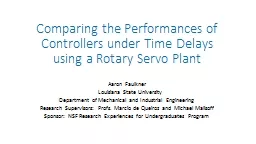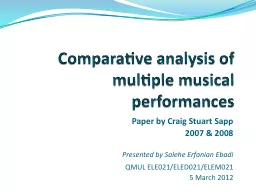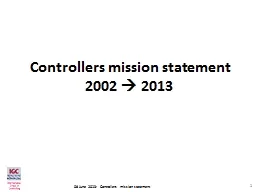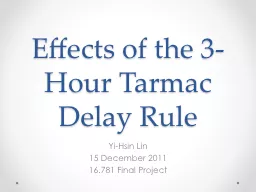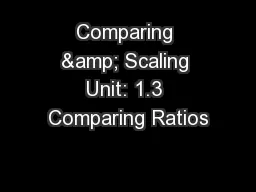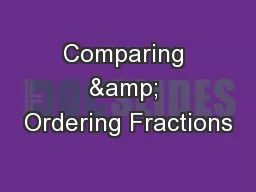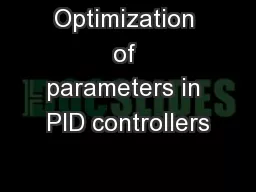PPT-Comparing the Performances of Controllers under Time Delays
Author : tawny-fly | Published Date : 2018-10-29
using a Rotary Servo Plant Aaron Faulkner Louisiana State University Department of Mechanical and Industrial Engineering Research Supervisors Profs Marcio de
Presentation Embed Code
Download Presentation
Download Presentation The PPT/PDF document "Comparing the Performances of Controlle..." is the property of its rightful owner. Permission is granted to download and print the materials on this website for personal, non-commercial use only, and to display it on your personal computer provided you do not modify the materials and that you retain all copyright notices contained in the materials. By downloading content from our website, you accept the terms of this agreement.
Comparing the Performances of Controllers under Time Delays: Transcript
Download Rules Of Document
"Comparing the Performances of Controllers under Time Delays"The content belongs to its owner. You may download and print it for personal use, without modification, and keep all copyright notices. By downloading, you agree to these terms.
Related Documents

